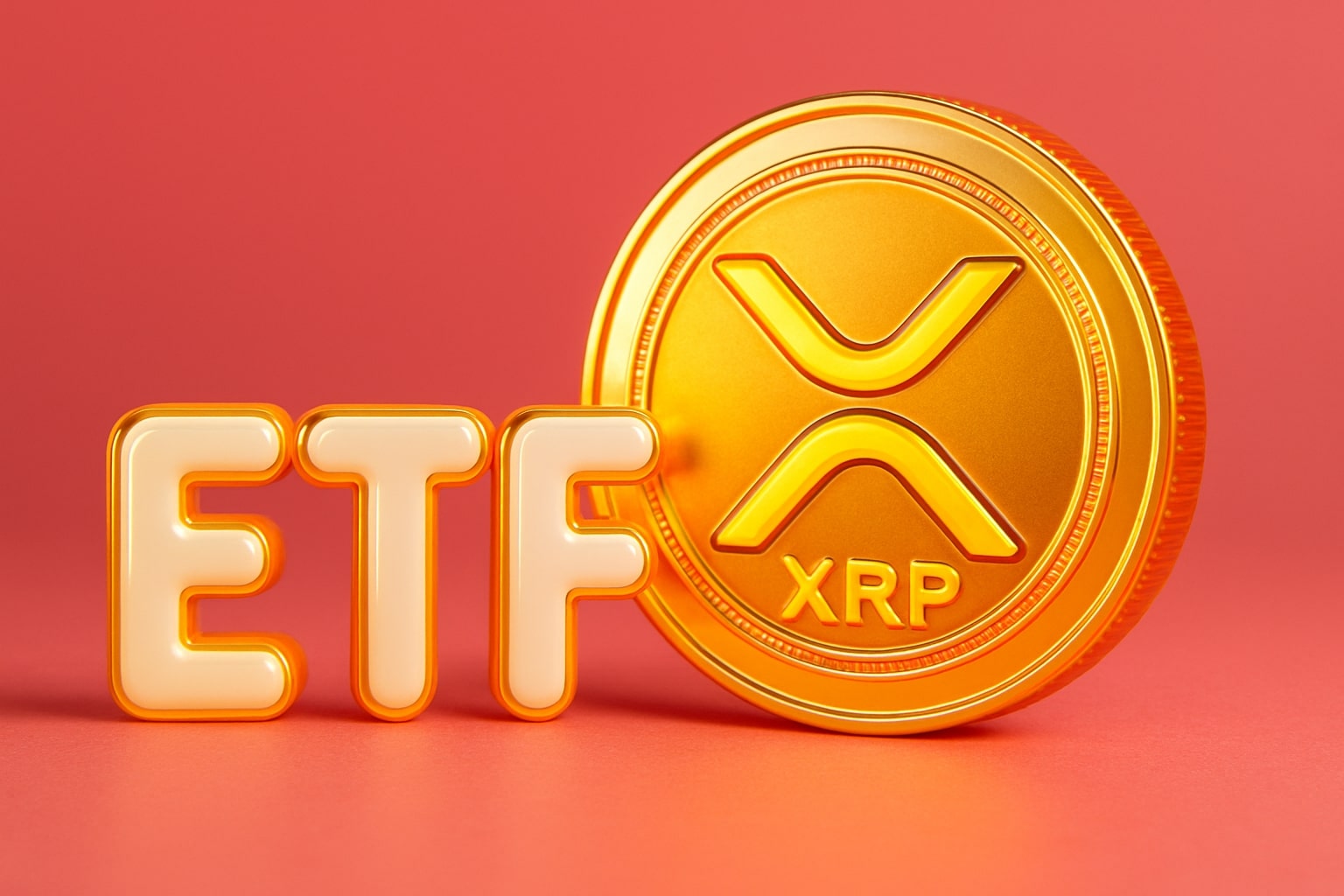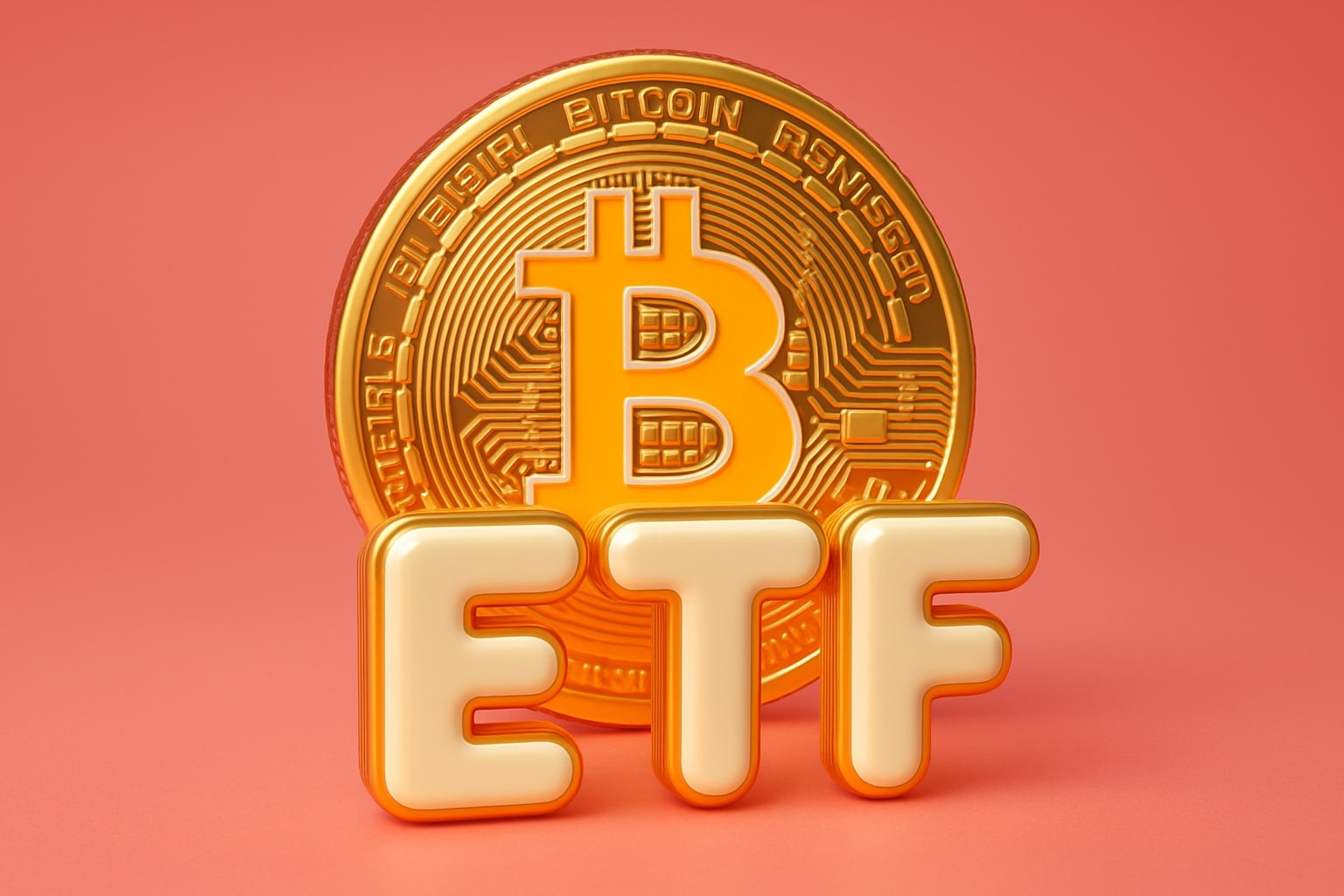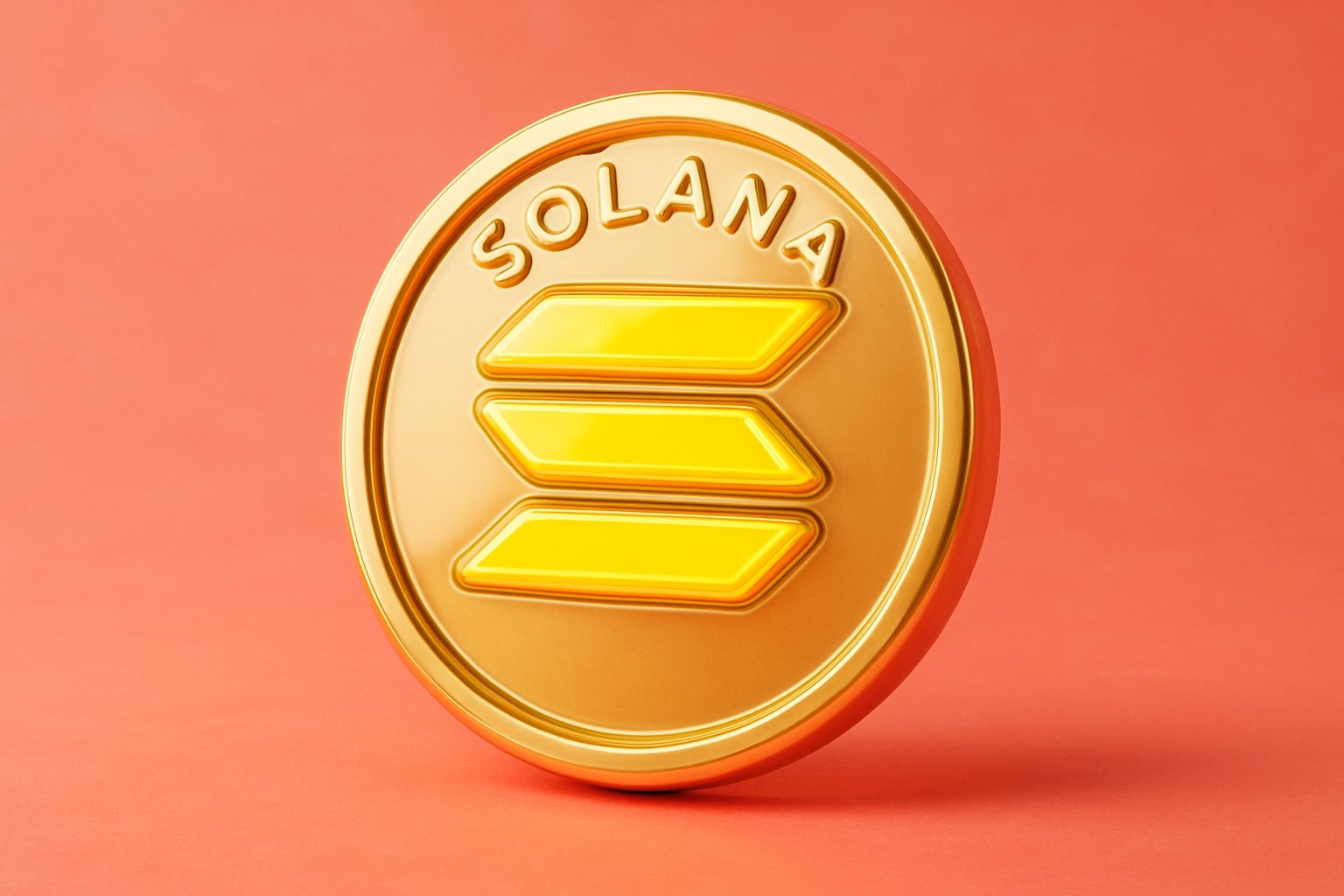
Ethereum Price Forecast: ETH-USD Holds $3,930 as JPMorgan Catalyst Lift 2025 Targets to $5,600
Ethereum (ETH-USD) stabilizes above $3,900 with renewed ETF inflows of $141.6M, a rebound in whale accumulation, and JPMorgan’s ETH loan collateral plan boosting institutional demand | That's TradingNEWS
Ethereum (ETH-USD) Balances at $3,930 as ETF Flows, Fed Signals, and On-Chain Accumulation Shape Q4 Outlook
Ethereum (ETH-USD) trades around $3,930, defending the $3,880–$3,900 support zone that has acted as the market’s pivot since mid-October. Despite multiple rejections near $4,130–$4,200, the asset remains structurally supported by renewed ETF inflows, improved on-chain accumulation, and rising institutional recognition. The recent 35.2% surge in 24-hour trading volume to $45.8 billion and a 57.3% increase in derivatives activity underscore growing speculative interest ahead of the Federal Reserve’s October 28–29 meeting, which could determine the next major directional move.
ETF Flows Shift Back to Positive Territory After Two Weeks of Outflows
After three consecutive days of redemptions, Ethereum ETFs reversed course on October 21, recording $141.6 million in net inflows, led by Fidelity’s FETH ($59.07M) and BlackRock’s ETHA ($42.46M). This rebound contrasts with the $145.7 million outflows from the prior session, marking a tentative shift in institutional sentiment. Ethereum’s total ETF inflows for the week now stand at $9 billion, the strongest quarter of 2025 and the first time ETH has outpaced Bitcoin ETFs, which logged $8 billion over the same period.
This reversal signals growing conviction that Ethereum’s yield-based structure and staking income potential make it more attractive than Bitcoin’s store-of-value narrative during periods of rate cuts. Historically, months with inflow acceleration have coincided with price rallies of 25–40%, suggesting room for renewed upside if the pattern sustains through November.
Institutional Rotation Reframes the Competitive Landscape
Institutional allocation trends confirm a structural rotation. Ethereum ETF fund holdings have doubled in 2025 to 6.8 million ETH, representing long-term accumulation even through volatility. This shift reflects a move toward assets that combine yield generation, programmability, and decentralized finance exposure—traits absent in Bitcoin. The rotation also coincides with the $3.76 trillion global crypto market cap, where Bitcoin and Ethereum control over 70%, yet ETH’s share has expanded by 1.8 percentage points in the past quarter.
XWIN Research Japan described this transition as a “strategic rebalancing,” with institutions diversifying beyond BTC’s saturation point. Ethereum’s ability to anchor collateralized loans, staking yields, and tokenization protocols positions it as the “income-generating layer” of digital assets, attracting pension funds and structured products seeking passive returns.
JPMorgan’s Crypto Collateral Program Elevates Ethereum to Institutional Asset Class
The most transformative development comes from JPMorgan’s decision to allow clients to use Bitcoin and Ethereum as collateral for secured loans by year-end 2025. Executed through regulated third-party custodians, this initiative places Ethereum on par with Treasuries and gold as acceptable collateral within bank credit frameworks.
For Ethereum, the implications are profound: it transitions from a high-volatility token to a yield-bearing, collateralized financial instrument integrated into global liquidity systems. This new demand vector could lock substantial ETH supply in custodial structures, reducing free float and amplifying the asset’s scarcity dynamics.
Macro Environment and the Fed’s Role in Price Stability
The October CPI print at 3.0% and rising expectations for a 25-basis-point Fed rate cut have revived risk-on sentiment across digital assets. Ethereum’s price trajectory remains tightly correlated to U.S. liquidity expansion—especially as global equities post $11.03 billion in weekly inflows, led by tech and crypto sectors.
A dovish signal from the October 28–29 FOMC meeting would reinforce Ethereum’s bullish bias, potentially triggering capital rotation from bonds into digital assets. However, should the Fed maintain a restrictive tone, short-term downside toward $3,580 (the 200-day EMA) remains plausible.
Read More
-
PPA ETF at $154: Can This Defense ETF Keep Beating ITA and SPY?
14.12.2025 · TradingNEWS ArchiveStocks
-
XRP ETFs XRPI and XRPR Pull In $975M While XRP-USD Fights To Hold $2
14.12.2025 · TradingNEWS ArchiveCrypto
-
Natural Gas Price Forecast: NG=F Hits $4.11 As Warm Winter Outlook Puts $3.913 Support At Risk
14.12.2025 · TradingNEWS ArchiveCommodities
-
USD/JPY Price Forecast - Dollar to Yen Can BoJ’s 0.75% Shock Break The 155–158 Range?
14.12.2025 · TradingNEWS ArchiveForex
Whale Accumulation Returns as Smart Money Rebuilds Exposure
After offloading nearly 1.36 million ETH between October 5–16, large holders (wallets with 100–10,000 ETH) have resumed accumulation, adding 218,470 ETH over the past week. On-chain data also show exchange outflows of $28.9 million on October 25, marking sustained self-custody demand. This combination of whale accumulation and exchange withdrawals reflects rising investor conviction in Ethereum’s long-term fundamentals, even amid near-term volatility.
At the same time, stablecoin transaction volume on the Ethereum network rose 400% in October, with over $45 billion in daily stablecoin settlement, signaling increasing transactional utility beyond speculation.
Developer Strength Reinforces Ethereum’s Dominance in Smart Contract Activity
Ethereum continues to dominate development metrics, adding 16,000 new developers in 2025, the highest across all blockchain ecosystems. Solana followed with 11,534, while Bitcoin added 7,494. This developer expansion strengthens Ethereum’s position as the central layer for DeFi, NFTs, and tokenization infrastructure, ensuring persistent demand for ETH as gas and collateral.
Upcoming upgrades, particularly the Fusaka upgrade on December 3, 2025, will raise the gas limit to 16.78 million units, improving transaction throughput and network efficiency. This technical milestone could ease congestion and attract institutional deployment for tokenized assets, reinforcing Ethereum’s technological moat heading into 2026.
Technical Outlook: Key Battle Between $3,800 Support and $4,200 Resistance
The ETH/USD daily chart shows a narrowing volatility band between $3,563 support and $4,720 resistance, with Bollinger Bands tightening for the first time since July. Ethereum trades just below the midpoint at $4,146, with RSI at 41.15, suggesting bearish momentum but not an oversold market.
Immediate support rests at $3,880, aligned with the 20-day EMA, while a decisive close below that level could open a path toward $3,580. On the upside, reclaiming the $4,125–$4,200 cluster would confirm a short-term breakout, targeting $4,430 and $4,600, with extended projections toward $4,962 if ETF inflows persist.
Derivatives and Liquidity Positioning Hint at an Imminent Breakout
Open interest in Ethereum derivatives rose 0.6% to $43.8 billion, signaling renewed trader engagement after last month’s 21% correction from the $4,946 high. Funding rates remain neutral, suggesting that speculative longs have not yet overcrowded the market. The narrowing of volatility bands and rising volume typically precede directional expansions—historically favoring the prevailing macro trend, which remains bullish under dovish Fed expectations.
Institutional Whales Drive Market Microstructure Shifts
Beyond visible on-chain data, a single Ethereum whale recently injected $500 million into ConcreteXYZ and stablecoin vaults, sparking debate over potential market manipulation. While some analysts flagged systemic risk, others argue that the capital injection strengthens network liquidity depth and derivative collateral capacity.
Meanwhile, Ferrari’s 2027 digital token program, partially built on Ethereum infrastructure, illustrates the widening corporate adoption pipeline, confirming Ethereum’s role as the settlement layer for tokenized real-world assets (RWAs).
Strategic Forecast and Price Scenarios for Q4 2025
If Ethereum maintains its foothold above $3,880, the structure favors a measured advance toward $4,430 and $4,600, with the medium-term bull target extending to $5,600—representing nearly 40% upside from current levels. This scenario assumes sustained ETF inflows, improving macro liquidity, and successful deployment of the Fusaka upgrade.
Conversely, a failure to hold $3,580 would expose Ethereum to a corrective phase targeting $3,200, invalidating the short-term bullish pattern but preserving long-term structural integrity given institutional accumulation trends.
Verdict: Ethereum (ETH-USD) — Buy Bias with 2025 Target Range of $5,000–$5,600
Ethereum’s multi-layered momentum—combining renewed ETF inflows, whale accumulation, exchange outflows, and upcoming network upgrades—points to strengthening fundamentals. With the Fed nearing a rate cut, JPMorgan integrating ETH as collateral, and institutional rotation accelerating from Bitcoin to Ethereum, the risk-reward profile tilts decisively bullish.

















